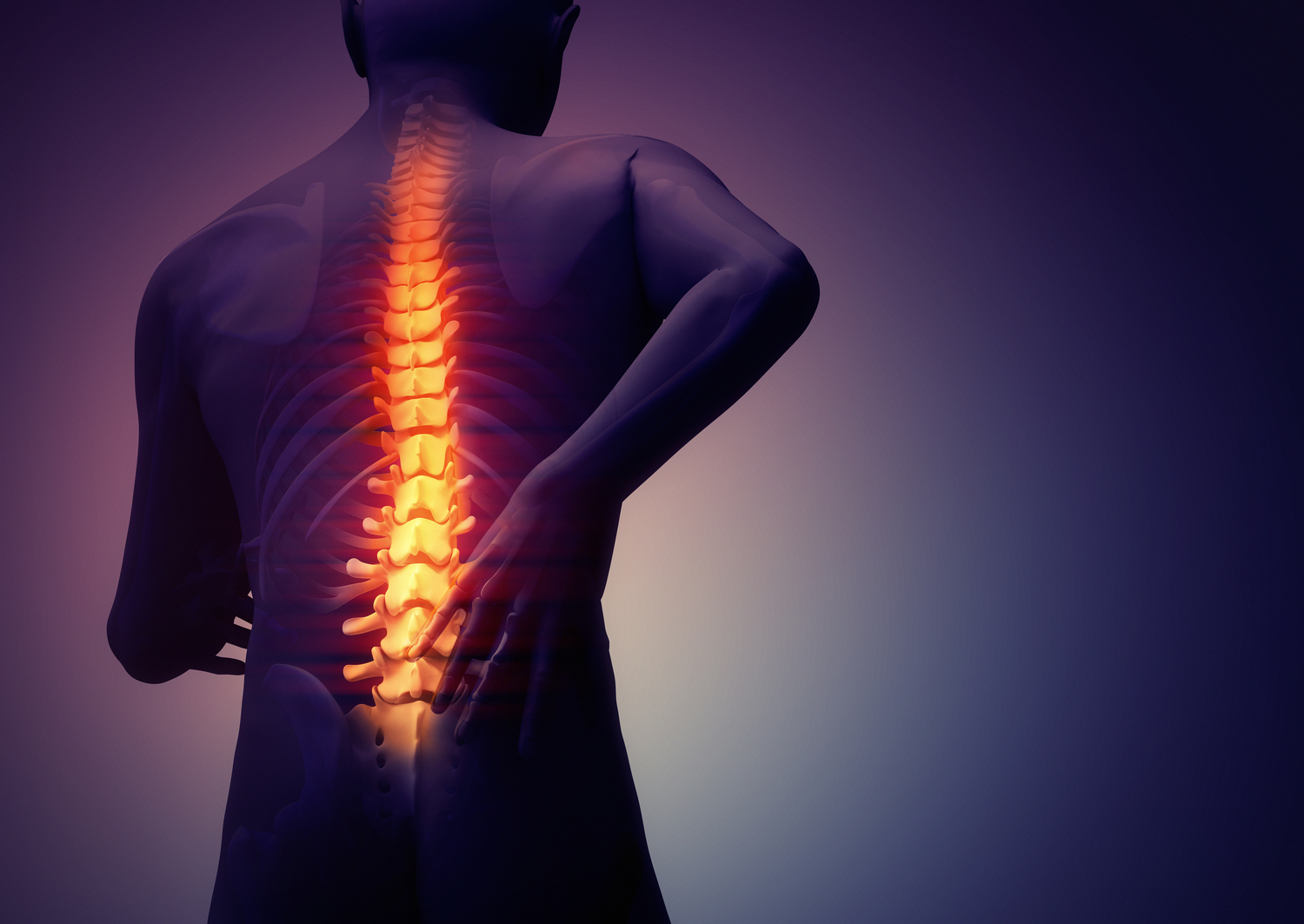Understanding the Four Types of Spinal Muscular Atrophy
This article explores the four main types of spinal muscular atrophy, highlighting their symptoms, progression, and impact on life expectancy. Understanding these differences can aid early diagnosis and tailored treatment approaches for this hereditary nerve disorder.

The Four Variants of Spinal Muscular Atrophy
Spinal muscular atrophy (SMA) is a hereditary disorder where nerve cells in the spinal cord deteriorate, leading to muscle weakness and wastage. It is classified into four main types: I, II, III, and IV, each exhibiting distinct symptoms and progression. Medical professionals identify the specific type based on symptom presentation and severity.
Type I
The most severe form, often diagnosed within the first few months of life, significantly hampers physical development. Symptoms include breathing and swallowing difficulties, tremors, low muscle tone, and reflex issues. This form usually results in a life expectancy under 18 months.
This type prevents infants from supporting their head or sitting unaided.
Type II
Symptoms appear between 6 to 18 months. Children can sit without help but often require assistance to get into a seated position. Walking or standing without aid is challenging. The lifespan varies, but many live into early adulthood with appropriate care.
Type III
Symptoms typically emerge after 18 months, sometimes later in childhood or young adulthood. Individuals retain more limb strength but struggle with climbing stairs. Life expectancy is comparable to healthy individuals, though issues like swallowing and breathing persist throughout life.
Type IV
Onset occurs in adulthood, usually in the 20s or 30s. Symptoms include gradual muscle weakness, tremors, and twitching, progressing slowly. This form does not impact lifespan, and affected individuals can often walk into their 60s or beyond.
Note:
Our blog offers diverse information backed by research, but content should not replace professional medical advice. The accuracy of data may vary, and some details might be incomplete. Always consult healthcare professionals for diagnosis and treatment options.










